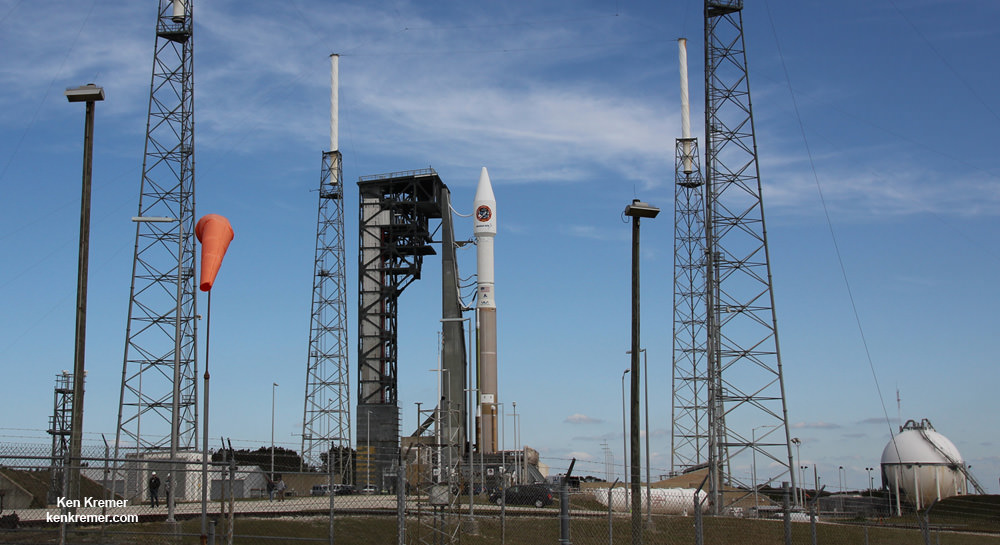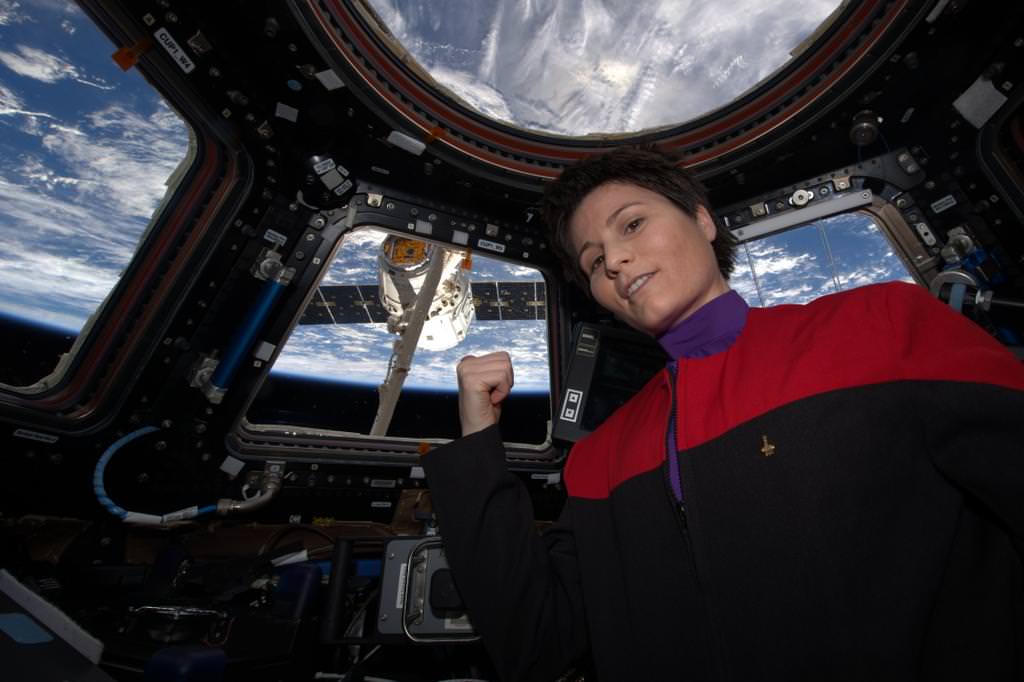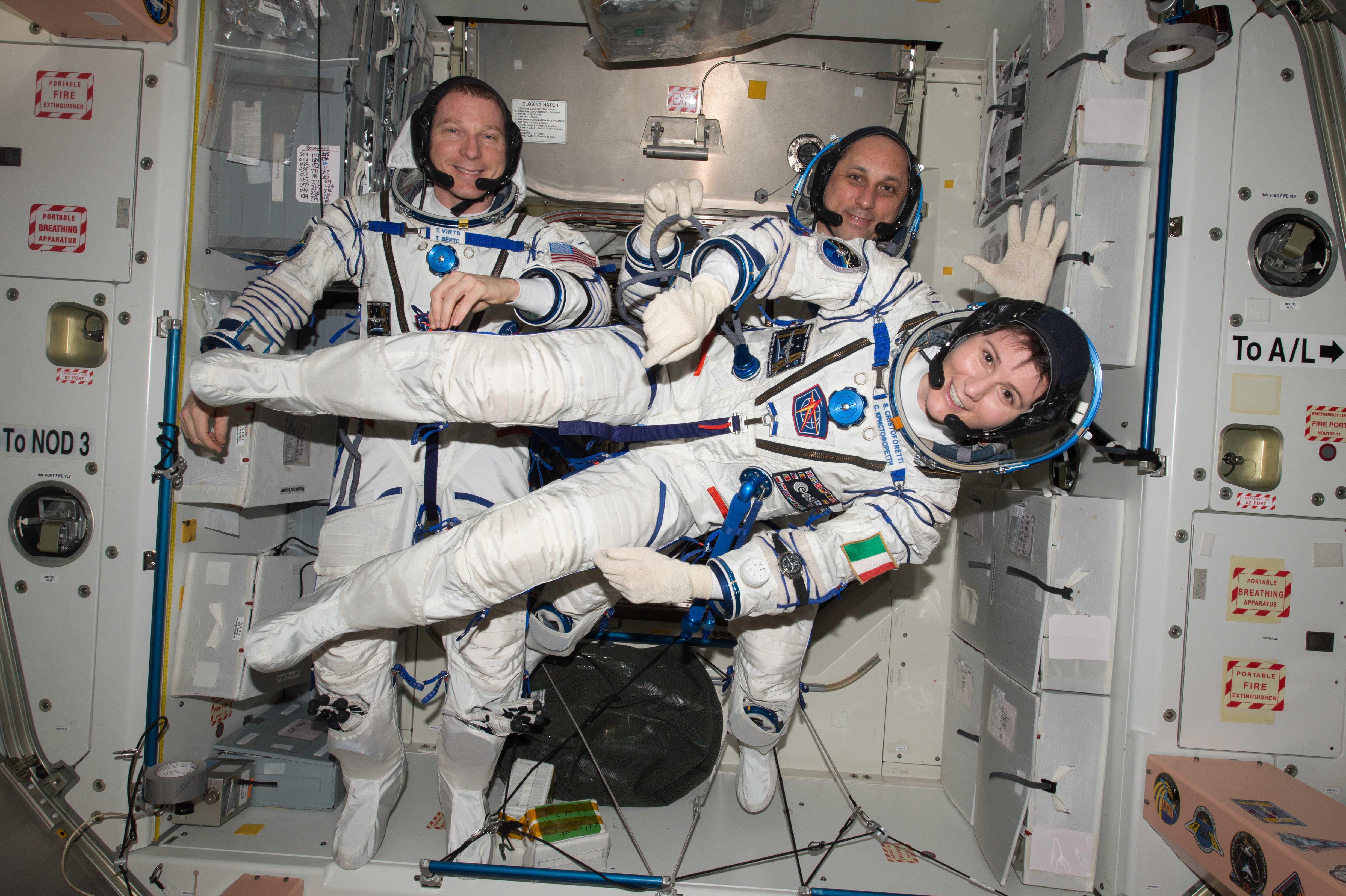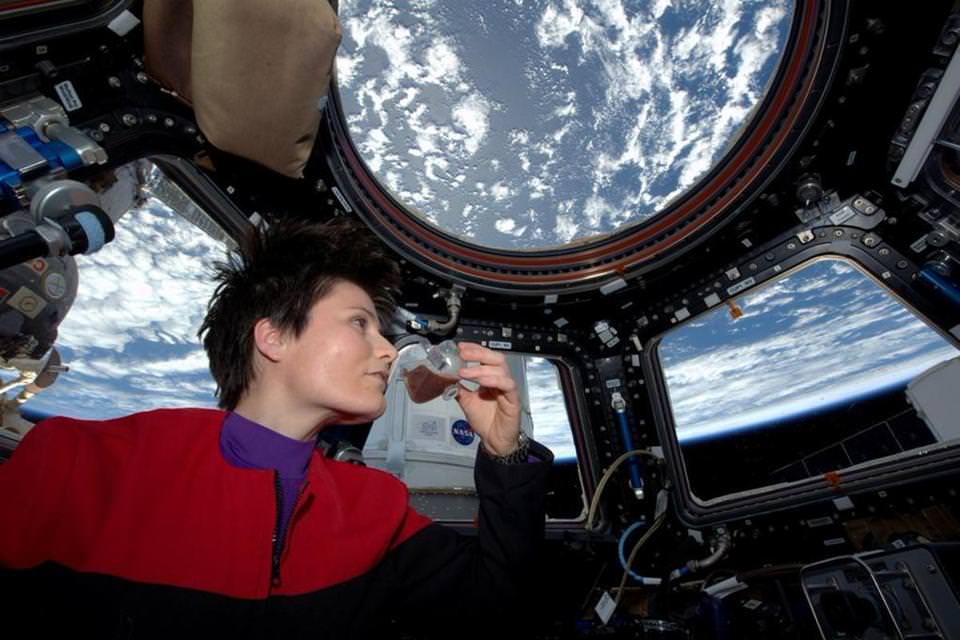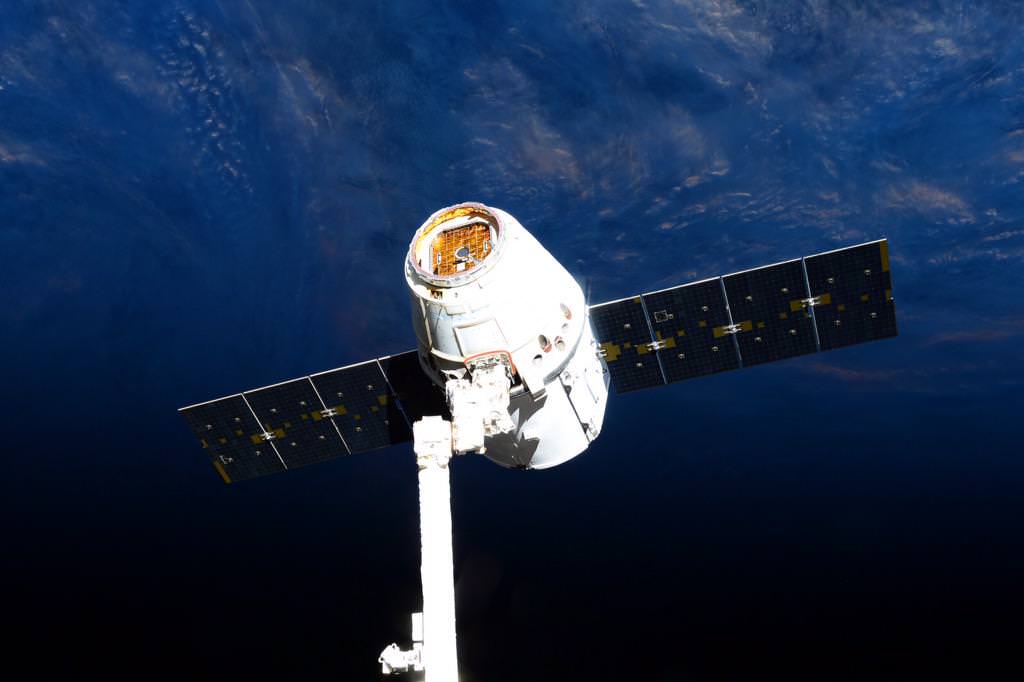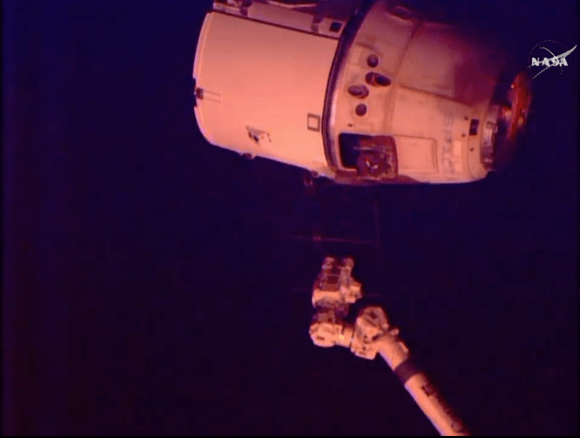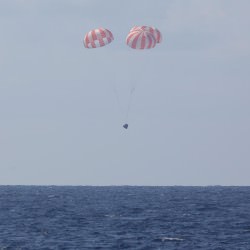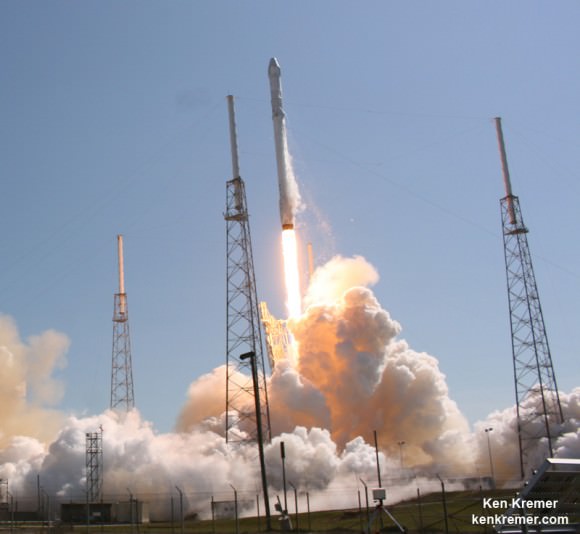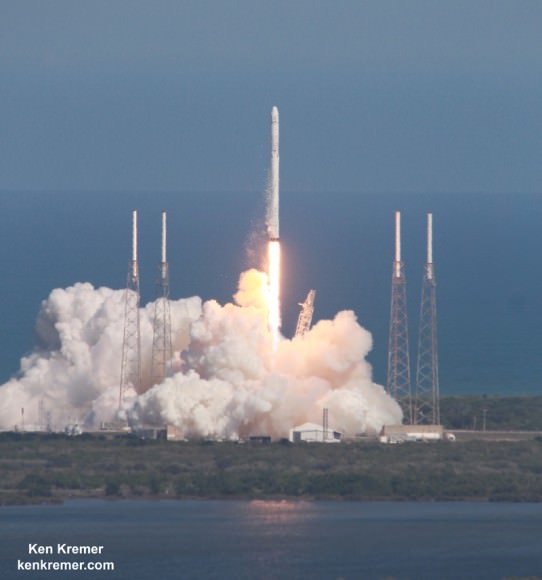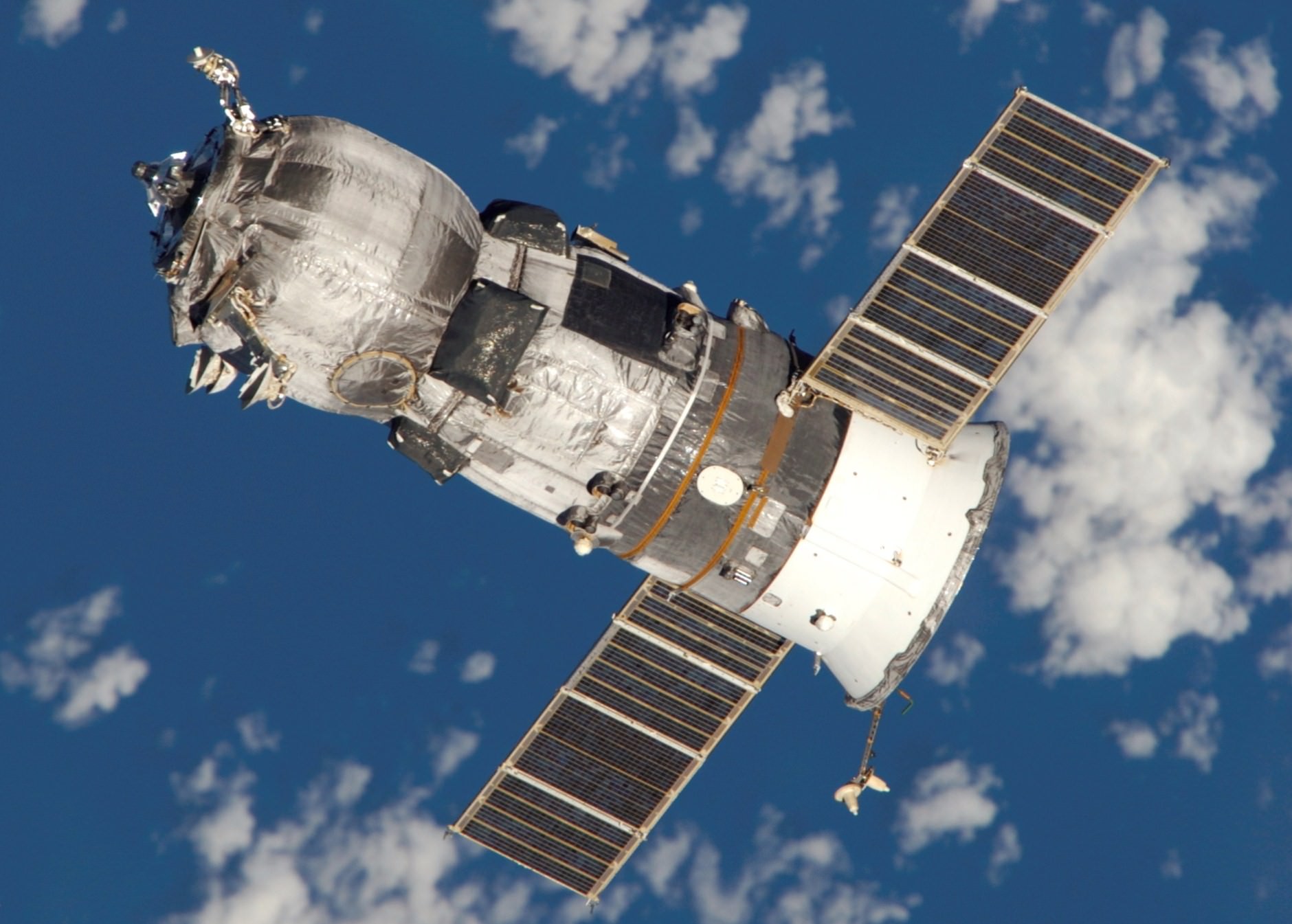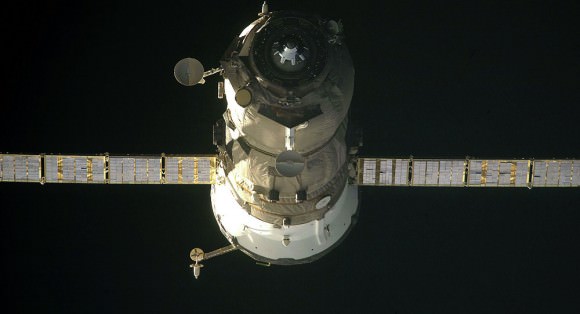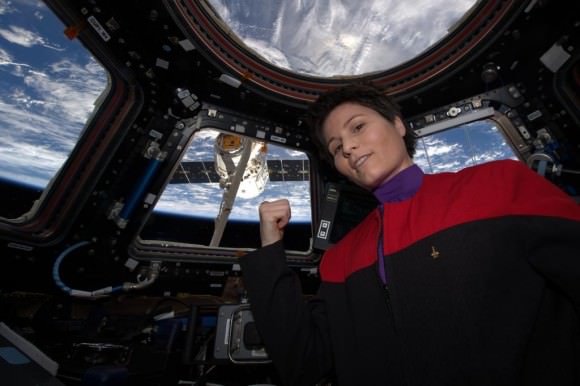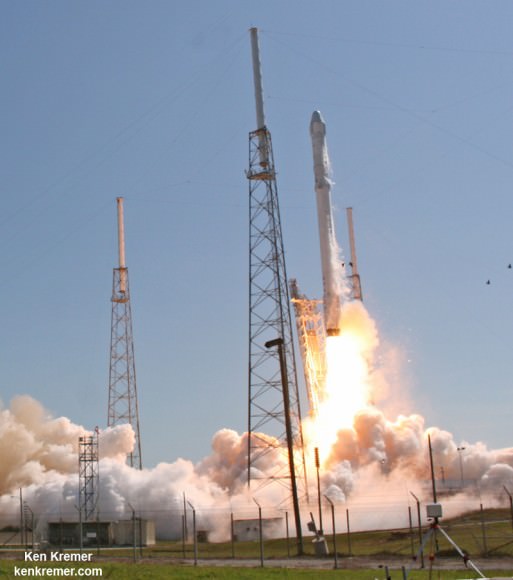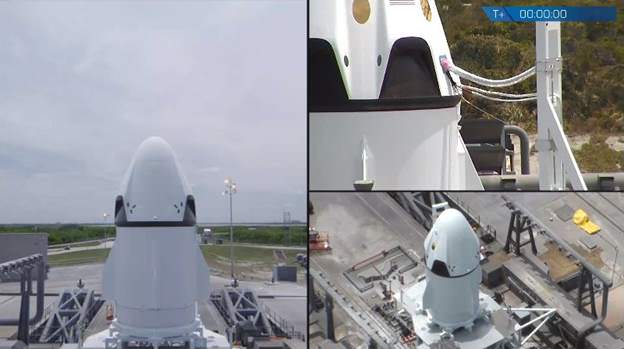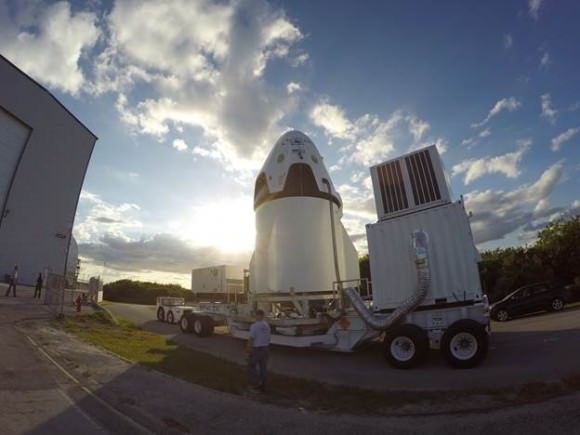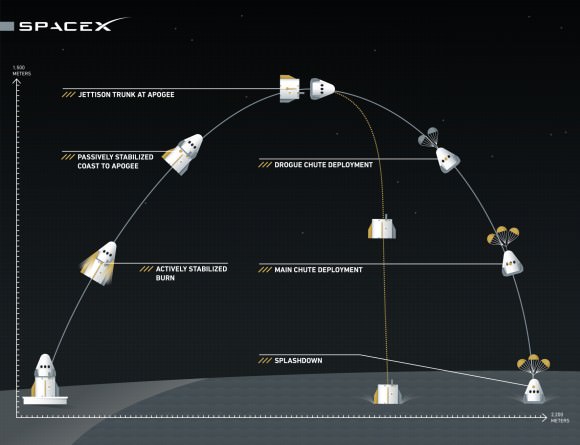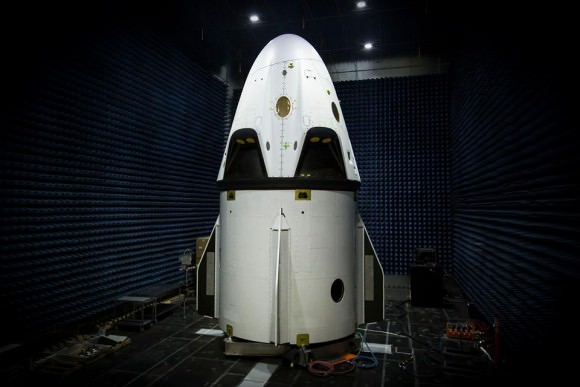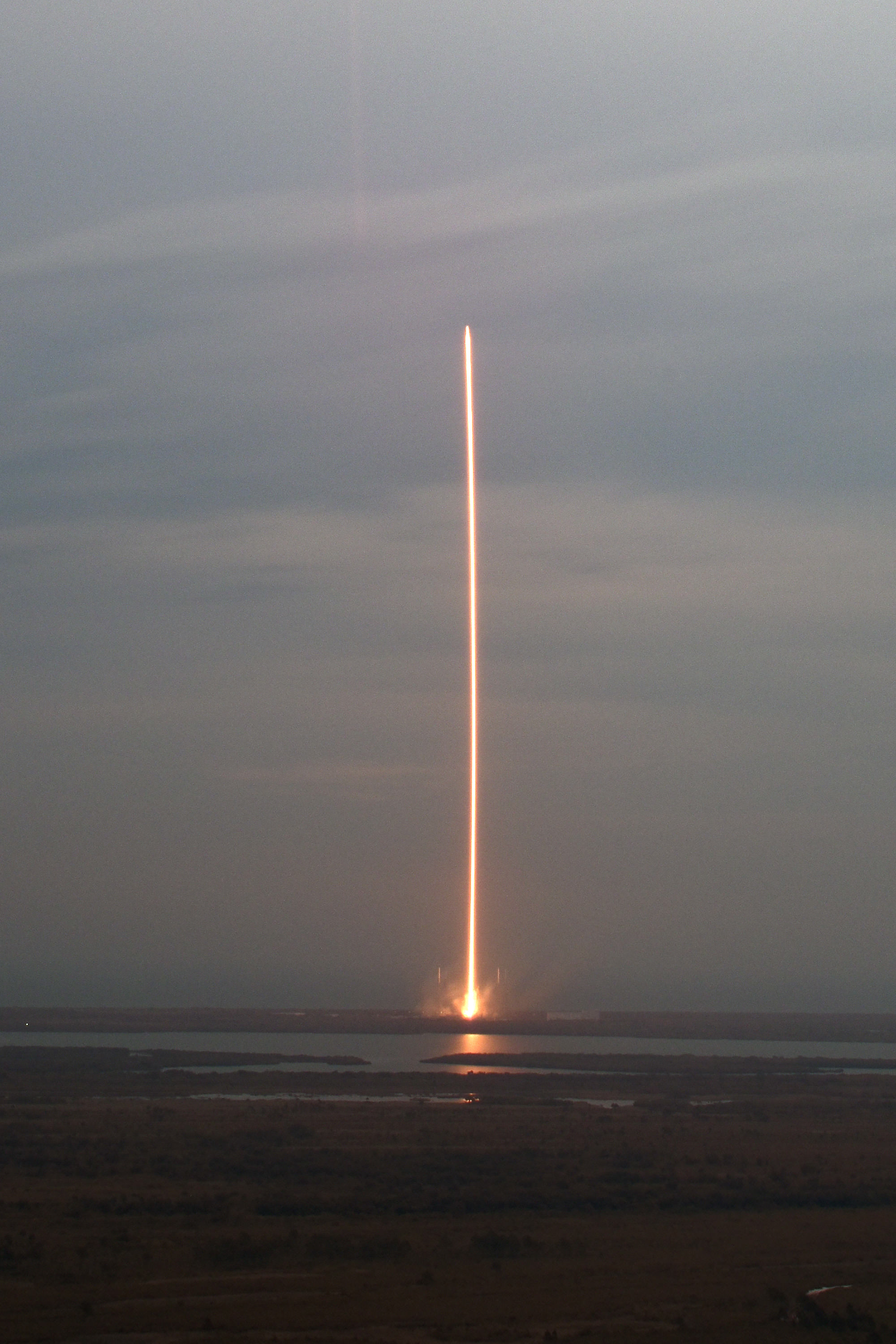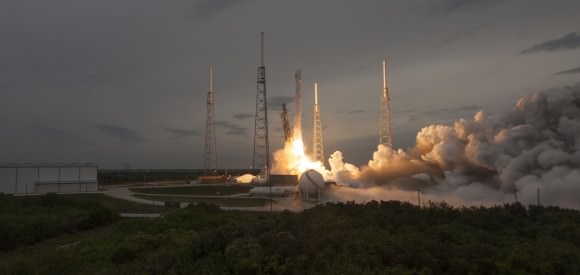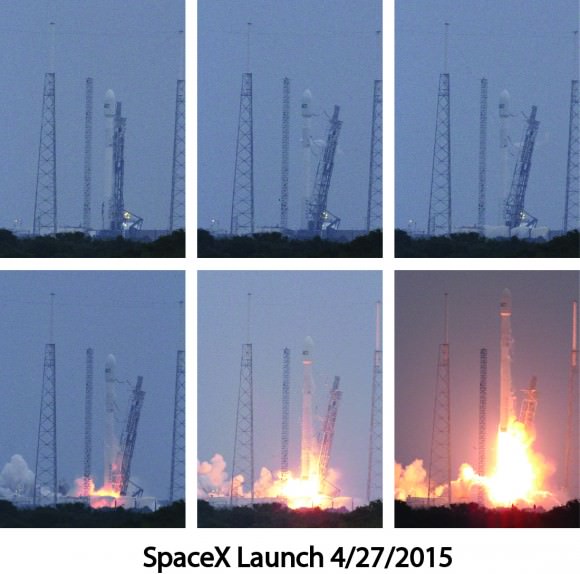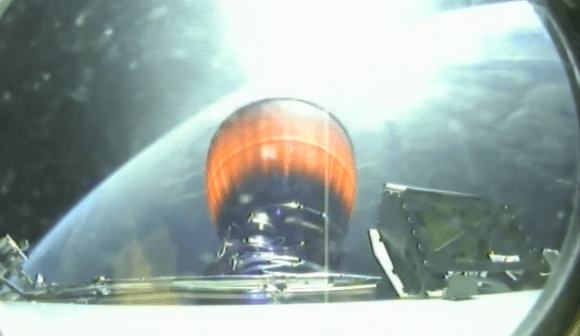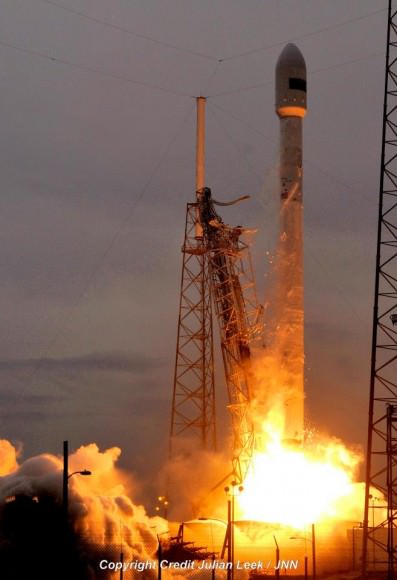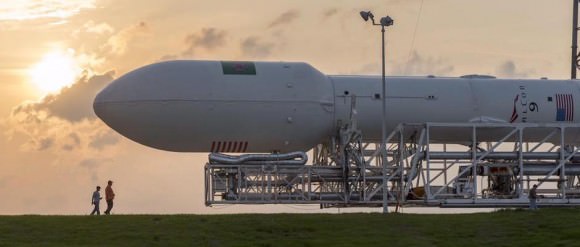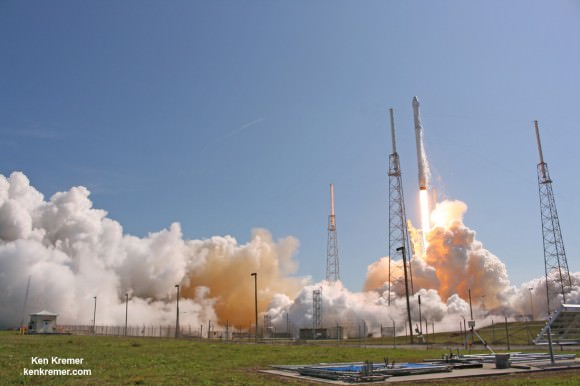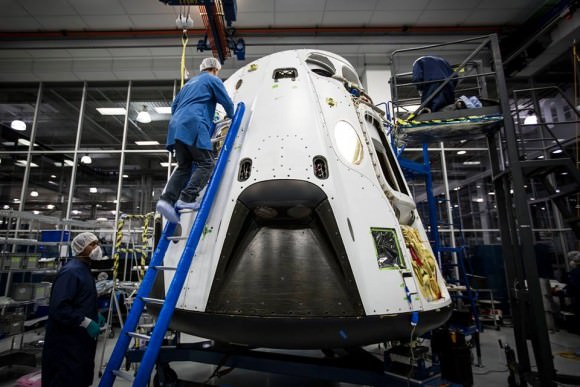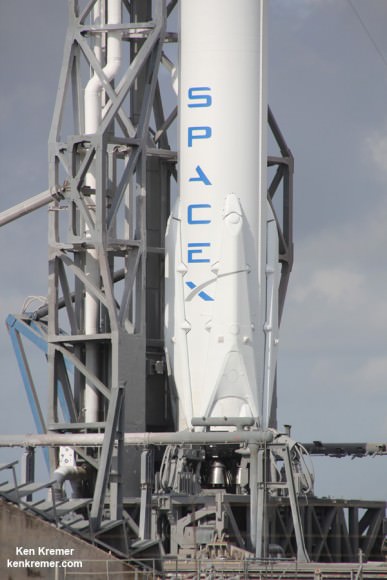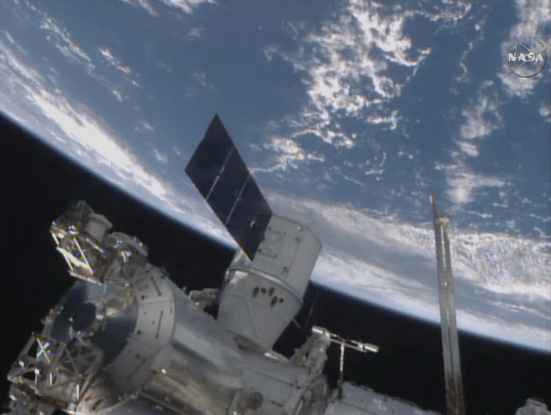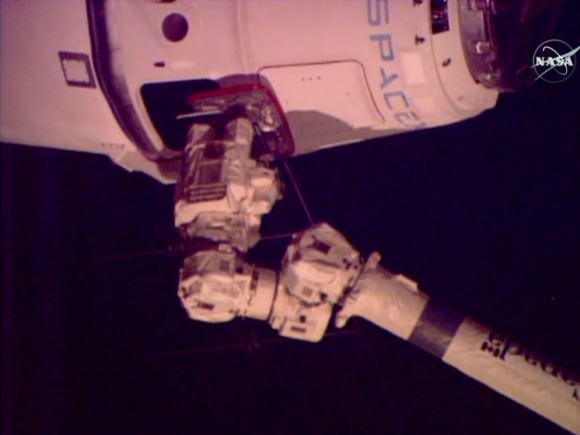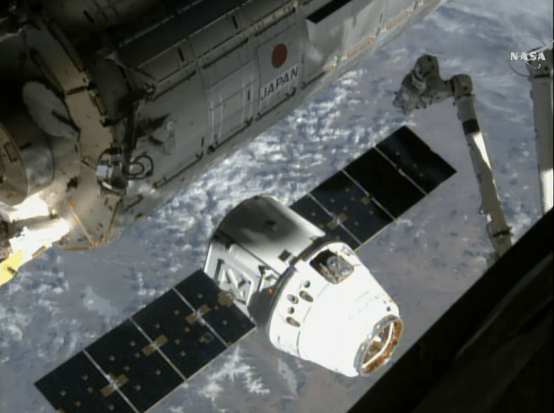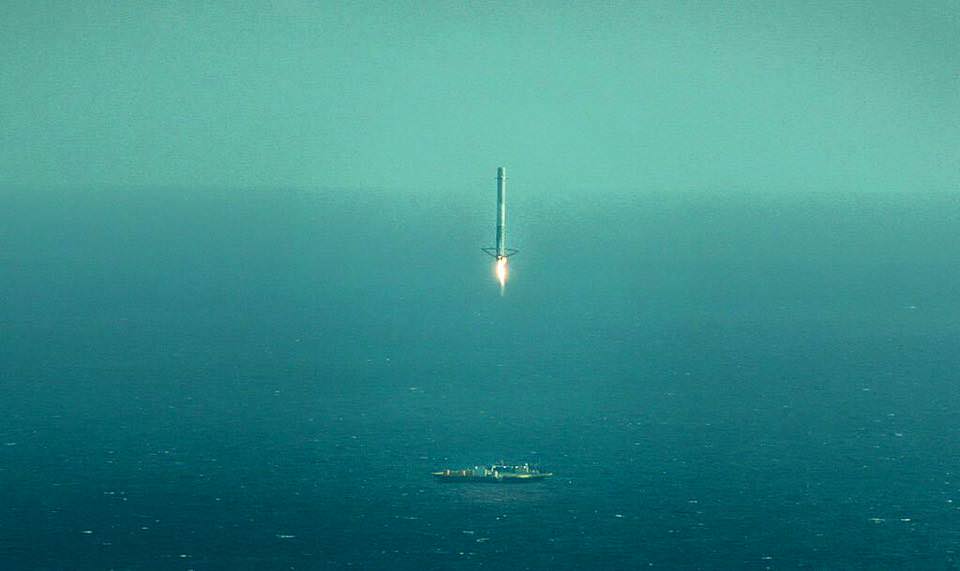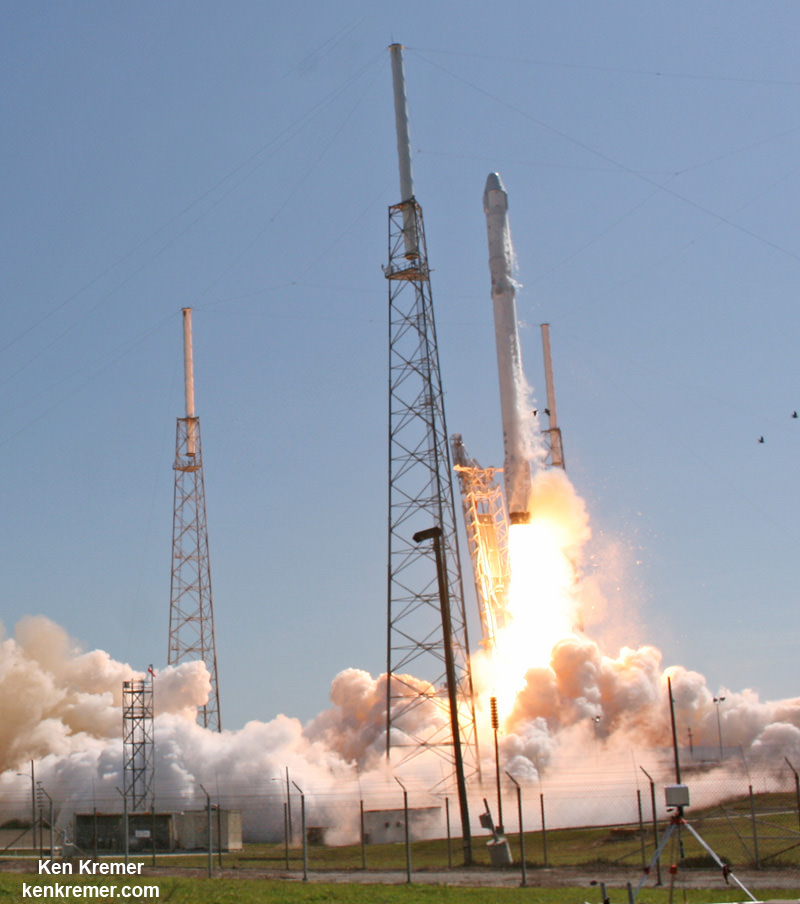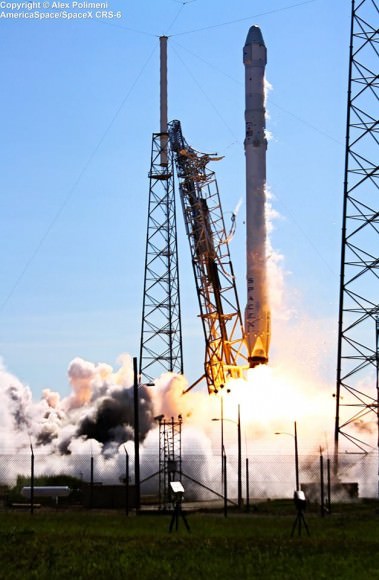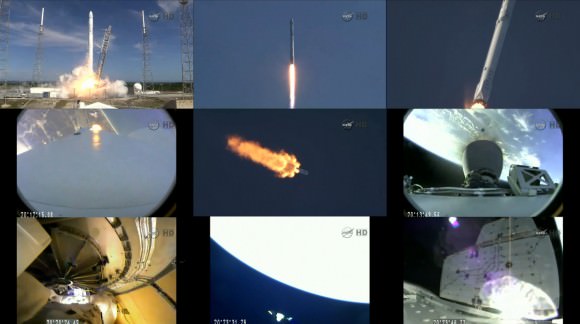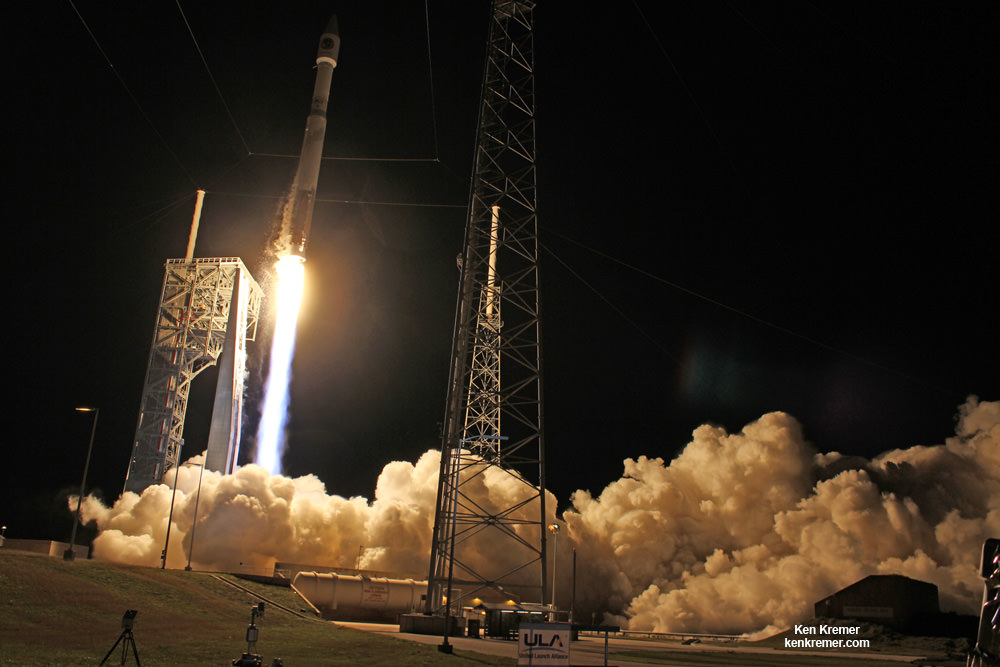
KENNEDY SPACE CENTER, FL – A stunningly beautiful nighttime launch mesmerized delighted spectators as it roared off a Florida space coast launch pad late Tuesday night, March 22, on a mission for NASA stocked with over three tons of science and supplies bound for the multinational crews working aboard the International Space Station (ISS).
A United Launch Alliance (ULA) Atlas V rocketed raced to orbit from Cape Canaveral Air Force Station, Fl, carrying an enlarged Cygnus commercial resupply spacecraft on the Orbital ATK CRS-6 mission to the ISS.
The venerable Atlas V lifted off right on target at 11:05 p.m. EDT from Space Launch Complex 41 into a picturesque moonlit sky that magnificently illuminated the scattered thin clouds hovering over the seaside launch pad for the hordes of excited folks and families lining the beaches and lucky to witness what may be history’s last launch of a Cygnus from Florida.

Future liftoffs of the private Orbital ATK Cygnus supply truck designed to stock the station will return to their original launch site on Virginia’s eastern shore starting with the next mission for their NASA customer sometime this summer.
Cygnus launches to the ISS normally start from NASA’s Wallops Flight Facility in Virginia.
But a catastrophic failure of the Orbital ATK Antares rocket moments after liftoff on Oct. 28, 2014, forced Orbital to seek and book an alternative launch vehicle while the company redesigned and reengined Antares first stage with new powerful powerplants for the ride to orbit.
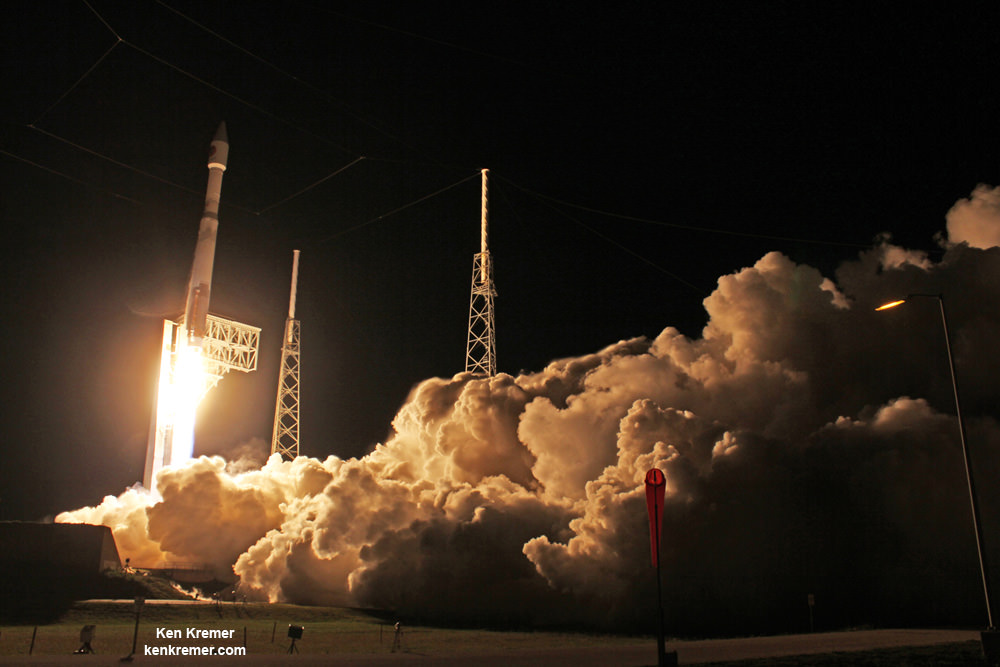
The Cygnus spacecraft will arrive at the station on Saturday, March 26, at which time Expedition 47 Commander Tim Kopra of NASA and Flight Engineer Tim Peake of ESA (European Space Agency) will grapple Cygnus, using the space station’s robotic arm, at approximately 6:40 a.m. NASA TV coverage of rendezvous and grapple will begin at 5:30 a.m.
The commercial Cygnus cargo freighter was built by Orbital ATK, based in Dulles, Virginia.
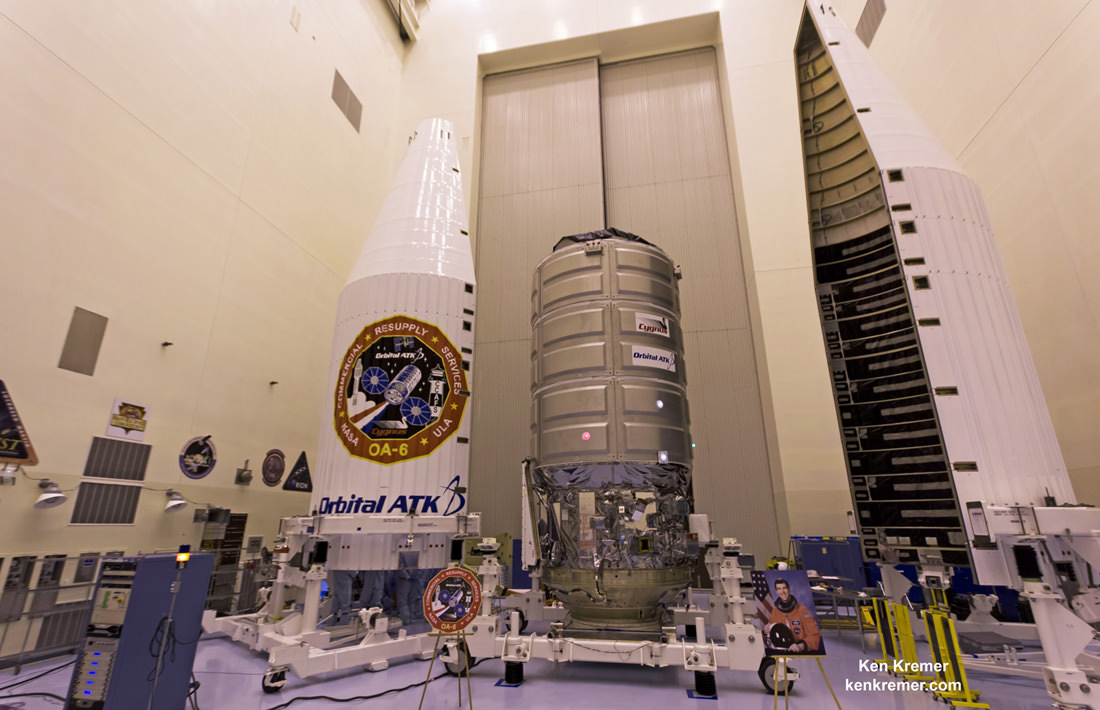
The Cygnus has been named the S.S. Rick Husband in honor of Col. Rick Husband, the late commander of Space Shuttle Columbia, which was tragically lost with its crew of seven NASA astronauts during re-entry on its final flight on Feb. 1, 2003.
This flight is also known as OA-6 and is being launched under terms of the firm’s Commercial Resupply Services (CRS) contract with NASA. It also counts as Orbital ATK’s fifth cargo delivery mission to the space station.
OA-6 is loaded with 3513 kg (7700 pounds) of science experiments and hardware, crew supplies, spare parts, gear and station hardware to the orbital laboratory in support over 250 research experiments being conducted on board by the Expedition 47 and 48 crews.
About a quarter of the cargo is devoted to science and research gear. The cargo includes 3279 kg of science investigations, 1139 kg of crew supplies, 1108 kg of vehicle hardware, 157 kg of spacewalk equipment, and 98 kg of computer resources.
Here a NASA description of a few of the scientific highlights:
– Gecko Gripper, testing a mechanism similar to the tiny hairs on geckos’ feet that lets them stick to surfaces using an adhesive that doesn’t wear off,
– Strata-1, designed to evaluate how soil on small, airless bodies such as asteroids behaves in microgravity.
– Meteor, an instrument to evaluate from space the chemical composition of meteors entering Earth’s atmosphere. The instrument is being re-flown following its loss on earlier supply missions.
– Saffire, which will set a large fire inside the Cygnus in an unprecedented study to see how large fires behave in space. The research is vital to selecting systems and designing procedures future crews of long-duration missions can use for fighting fires.
– Cygnus is carrying more than two dozen nanosatellites that will be ejected from either the spacecraft or the station at various times during the mission to evaluate a range of technology and science including Earth observations.
Here a cool video prelaunch look at Cygnus and me in the NASA Kennedy Space Center clean room discussing the Meteor experiment:
Video Credit: Thaddeus Cesari/VideoShampoo.com
When the ISS Expedition 47 crew members open the hatch, they will be greeted with a sign noting the spacecraft was named ‘SS Rick Husband’ in honor of the STS-107 mission commander.
Cygnus will spend approximately two months docked at the ISS.
OA-6 is only the second Cygnus to be launched atop a ULA Atlas V rocket, following the OA-4 mission last December.
The CRS-6/OA-6 flight is also the second flight of the enhanced Cygnus variant, that is over 1 meter longer and sports 50% more volume capability.
Thus it is capable of carrying a much heavier payload of some 3500 kg (7700 lbs) vs. a maximum of 2300 kg (5070 lbs) for the standard version.
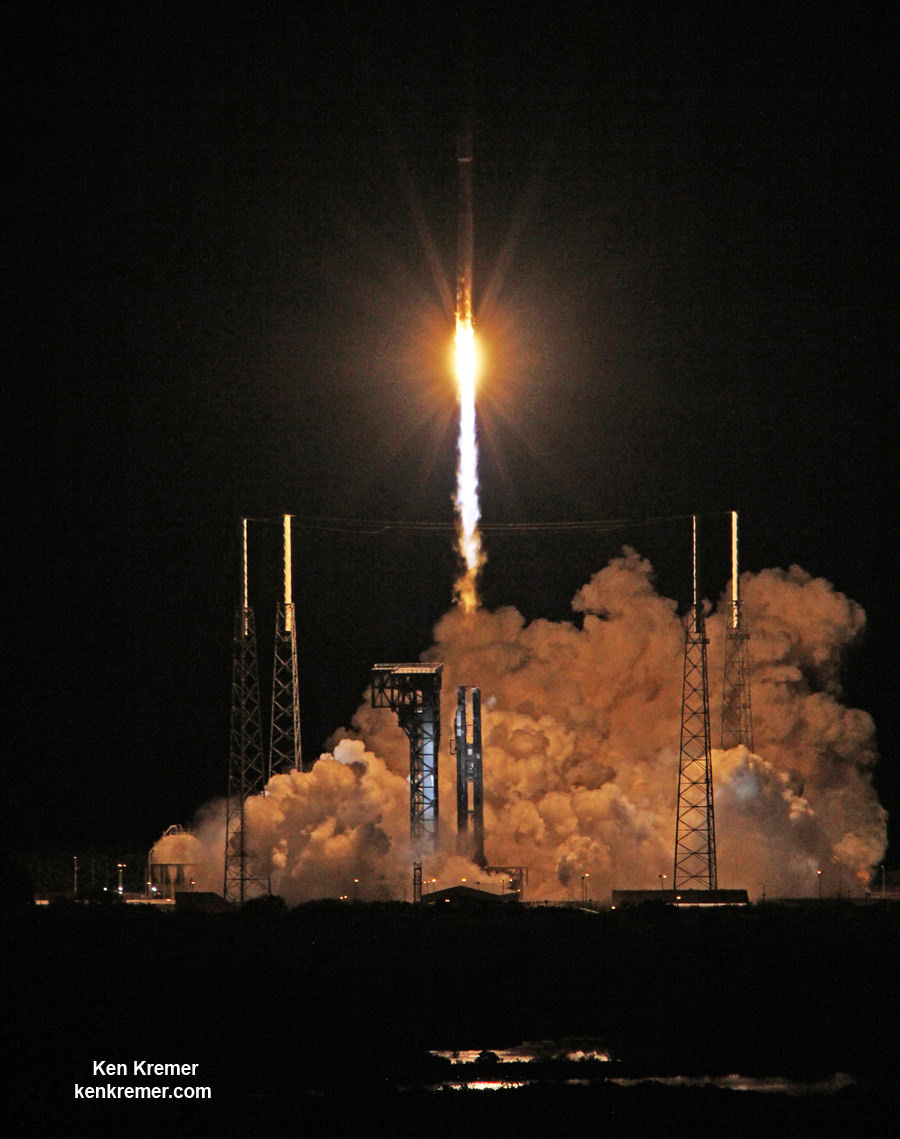
Watch for Ken’s onsite launch reports direct from the Kennedy Space Center in Florida.
Stay tuned here for Ken’s continuing Earth and planetary science and human spaceflight news.
………….
Learn more about Orbital ATK Cygnus, ISS, ULA Atlas rocket, SpaceX, Boeing, Space Taxis, Mars rovers, Orion, SLS, Antares, NASA missions and more at Ken’s upcoming outreach events:
Mar 21-23: “Orbital ATK Atlas/Cygnus launch to the ISS, ULA, SpaceX, SLS, Orion, Commercial crew, Curiosity explores Mars, Pluto and more,” Kennedy Space Center Quality Inn, Titusville, FL, evening Mar 21 /late afternoon Mar 22/23
